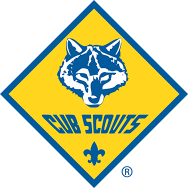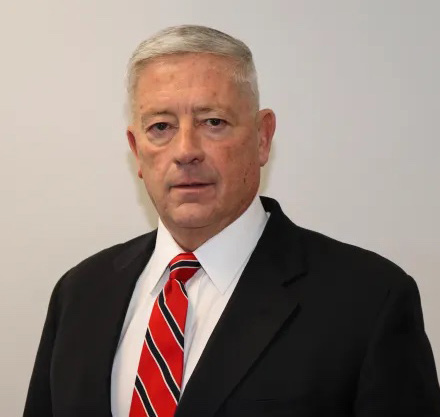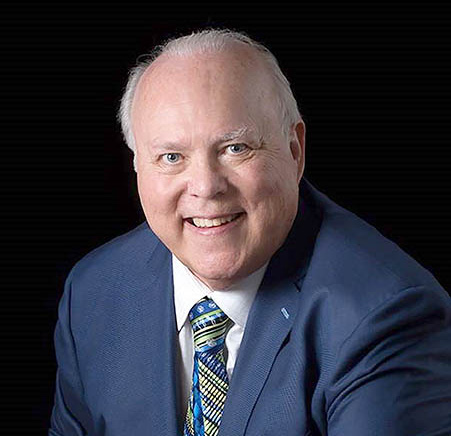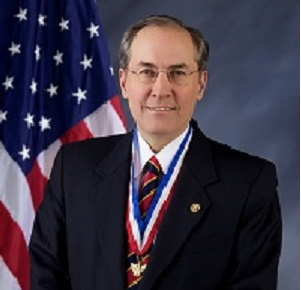
ORGANIZATIONAL OVERVIEW
A small group of Cub Scouts who are the same gender and in the same grade. The ideal size is 6 to 8 Cub Scouts.
Den Leaders
An adult, usually a parent, serves as a Den Leader. They carry out the activities related to adventures as they are presented in the Cub Scout’s handbook and the Den Leader Guide.
Pack
The pack is made up of several dens. The make up and size of the pack varies based on local interest and resources. Each pack is identified by a number.
Cubmaster
The leader of the pack meeting is the Cubmaster. In addition to serving as the master of ceremonies the Cubmaster provides support to Den Leaders.
Made up of parents, leaders, and other caring adults the pack committee works to support den leaders and the cubmaster.
Pack Committee Chair
The top volunteer in the pack is the Pack Committee Chair. They are responsible for ensuring enough qualified adult volunteers are in place to provide the program. They lead the pack committee meetings.
Chartered Organization
This is the organization that partners with Scouting America to deliver a Scouting program. They adopt Scouting to serve the youth in the community.
Chartered Organization Representative
This person appoints the Pack Committee Chair and approves all adult leaders. They provide resources from the chartered organization.
Beyond the Cub Scout Pack
Councils
To effectively support local Scouting programs the national Scouting America provides a charter to a community board of volunteers to be responsible for providing the Scouting program to a defined geographical area. These geographical areas are called councils. Councils have a volunteer board which employs a Scout Executive to serve as the CEO and give leadership to the day to day operation. The Scout Executive hires staff to provide direct and indirect support to local Scouting programs. In each council there are many more volunteers than staff as the organization is volunteer lead and professionally guided.
Councils are different in size based on factors such as population, geography, and local markets. Most councils operate Scout Camps and local Scout Shops and have a regional office to provides administrative support and record keeping. To identify what council a Scout or an adult belongs to, an identifying patch is worn at the top of the left sleeve shoulder of the uniform.
Districts
To provide more localized support to scouting, councils create districts. Districts are geographical areas of service. Districts have a volunteer District Committee that provides support to local programs in the areas of membership, finance, and program. Another group of volunteers called commissioners provide direct service to Scouting programs. Contact your District Executive to learn more about how a district operates.
National Organization
Scouting America is the national organization that develops and supports various youth programs. It provides charters to communities to operate a council. The national organization provides service to local councils and develops Scouting programs and establishes rules and regulations.




